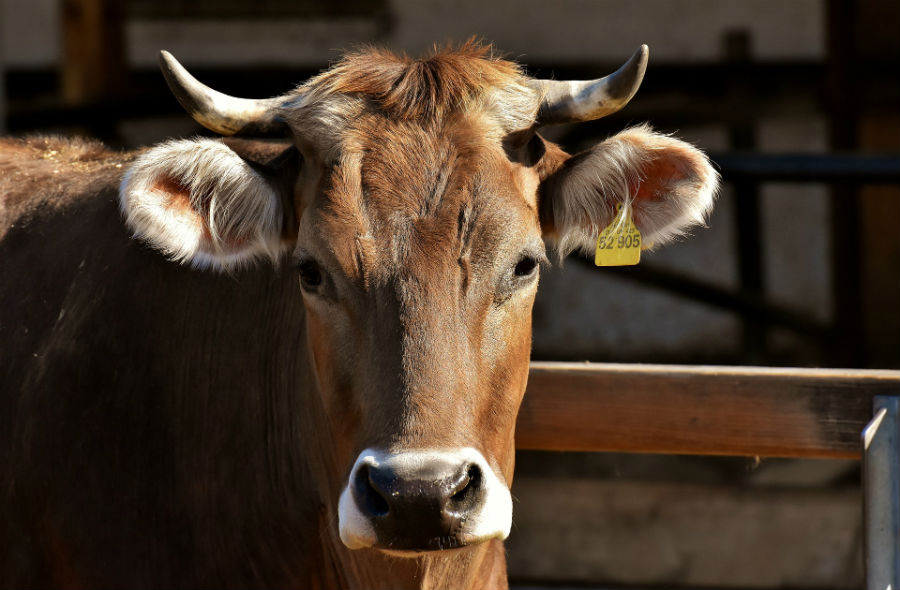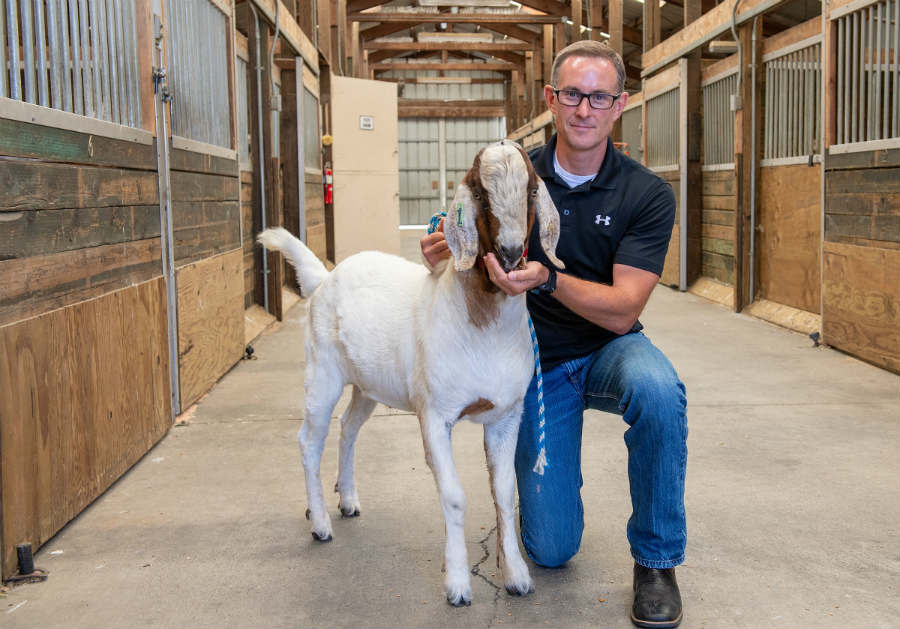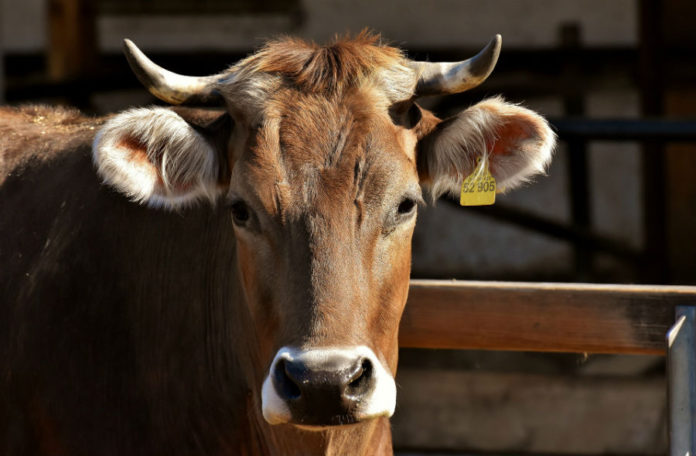
Credit: Alexas Fotos
Using novel gene-editing techniques, a team of scientists successfully turned infertile livestock into carrying fertile sperms of other animals in the same species by becoming, ‘surrogate sires’. In their study sterile mice, pigs, goats and cattle were made to produce sperm that has only the donor’s genetic traits.
The procedure could also see desirable characteristics enhanced in their offsprings such as better meat quality, heat tolerance or resistant to diseases. According to Biologist Jon Oatley, a co-author in the study, “With this technology, we can get better dissemination of desirable traits and improve the efficiency of food production. This can have a major impact on addressing food insecurity around the world. If we can tackle this genetically, then that means less water, less feed and fewer antibiotics we have to put into the animals.”
How was it done?
In the six-year period of the study, the selected livestock was taken into testing when they were still in the embryonic stage. Using the novel CRISPR-Cas9 gene-editing tool, scientists took out a gene (NANOS2) that is responsible for male fertility. By the time the animal was raised into an adult, they were sterile.
Scientists then transplanted stem cells from a donor animal into their testes. And when the surrogate sire produced sperm, they were of the donor’s genetic traits completely. The study used donors of the same species.
The same gene was taken out of chosen female animals as well. They did not have a fertility issue as the gene is only responsible for male fertility. But they effectively produced sterile males that can be used as surrogate sires.
The study used mice, cattle, pigs and goats to become surrogate sires. They all were confirmed to carry healthy fertile donor sperms. And the surrogate sire mice even produced healthy offsprings. Their next steps involve using larger animals to produce offsprings via surrogate sires.
Why is this procedure better than others?
The need for having such a practice is actually decades old. Because artificial insemination and selective breeding have their own limitations. In such practices, often the animal had to be in close proximity or their movements have to be strictly limited.
Adding to the list, usually, pig sperm do not function well in freezing conditions. Goats are the most difficult to deal in artificial insemination where surgical input is common. In beef cattle, confining them to smaller spaces is pointless as they need to roam freely to graze.

Credit: Bob Hubner, Washington State University
This is where the surrogate sire technology comes in handy, as the animal is treated while in the embryo and has a normal reproduction of its offsprings. This gives farmers the opportunity to let their livestock roam freely as needed.
The donor sperms are in a frozen state while being delivered to distant places so it makes it easier than the conventional methods. Scientists believe their method could potentially be beneficial for remote communities where selective breeding is the only option. And the method could also be used in preserving endangered animals in the future.
The study has been published in the Proceedings of the National Academy of Sciences.

